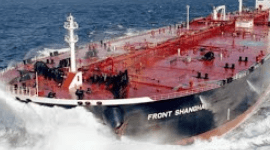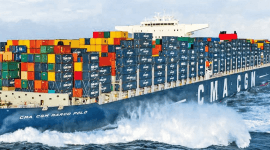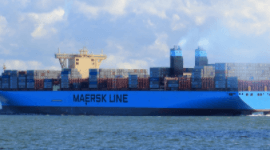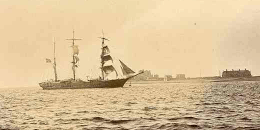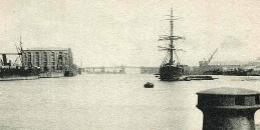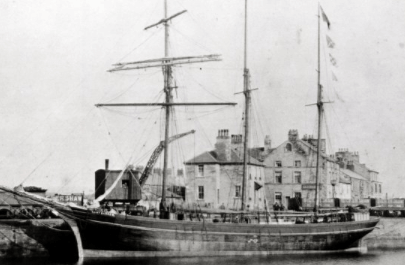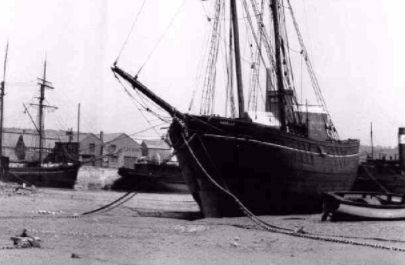Obituary of "Pioneer Shipbuilder" Richard Ashburner
The Family History
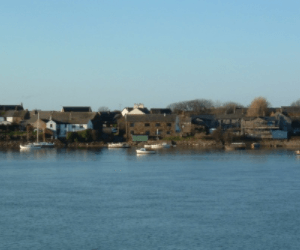
Mr. Richard Ashburner died, aged 85, on the 24th February at Newlyn, Croslands Park, Barrow. He leaves a widow and three sons, one being a captain in the mercantile marine, and another a Church of England clergyman. The Ashburner family were the pioneers of shipbuilding in Barrow. Richard Ashburner's father, William, left Ulverston almost 100 years ago and took up a position in the shipbuilding yard at Douglas, Isle of Man, rising to the position of foreman. His three children were born in Douglas, and of these William, aged 83, is still alive.
When the eldest child was about 10 years old the family came to live at Barrow, and the father opened up a shipbuilding yard on the site where the Corn Mill now stands. The business prospered and as each of the three children grew up they served their apprenticeships to the shipbuilding trade under their father, at the expiration of which they joined him in the conduct of the business. Ultimately, when it was decided to construct the docks at Barrow, the business had to be moved to what is now Walney-road. The business was carried on by the sons after their father's death until about 35 years ago, when it ceased activities. The shipping business was continued until about 12 years ago.
During the life of the Ashburner's shipbuilding yard many coasting vessels were built, and ultimately the firm had a fleet of these vessels in use. It was estimated that in all about 100 vessels were built and put into commission,, carrying cargo, including Spanish ore. The first was the Jane Roper and the largest was the William Ashburner, capable of carrying 300 tons and which was supposed to have made the quickest passage of the time to one of the South American ports. Following his father's death, Mr. Richard Ashburner acted as designer, and was responsible for many valuable improvements being effected, adding to the reliability and strength of the cargo carrying service which they controlled.
Mr. William Ashburner, the only surviving son, speaks highly of his brother's abilities as a designer. He states that he specifically interested himself in the use of galvanising in shipbuilding, and eventually introduced it to the great advantage of the firm. All the vessels then built by the firm were then registered at Lloyd's, and the introduction of galvanising is said to have prolonged the "insured life" of the craft by about two years. At its busiest period the firm employed about 100 men.
Mr. William Ashburner informs us that his father, while in the Isle of Man, designed the first two steamers which plied on Windermere Lake, and they were built at the foot of the Lake by his uncle, Richard Ashburner, who was shipbuilding at Greenodd. It is interesting to note that Mr. Ashburner's wages as a foreman in the Isle of Man were roughly £1 ls per week, and later the carpenters he employed received 4s 6d per day.
On the incorporation of the borough of Barrow in 1867 William Ashburner, senior, was selected as a representative on the council, upon which he served for six years, and subsequently his son Thomas became an alderman.
When the Ashburners first came to Barrow they resided in Fisher-street, where there was a large farm. Barrow was then a mere village, consisting of about 28 houses, but the late Mr. Ashburner recognised its possibilities and undoubtedly his initiatives in the first place set the town on the upward grade, and made known its potentialities as a port.
The late Mr. William Ashburner was a strict man of business and was at his yard at 5.30 a.m. each morning. It was his custom to ring the bell at 6 a.m. to denote the time of starting. He did this until a fortnight before his death, when ill-health prevented it. The hours then were from 6 a.m. to 6 p.m., with the exception of Saturday, when the workmen ceased work at 4 p.m. Mr. Ashburner built the first Douglas lifeboat.
As a young man the late Mr. Richard Ashburner closely associated himself with temperance work. He had a quiet an unassuming personality. His big hobby was yachting, and he designed several yachts which the family raced. Barrow Yacht Club was granted Royal Favour. Mr. J. Fell and Sir James Ramsden were interested in its welfare.
The Elizabeth Latham was the fastest sailing two-masted schooner running out of the port. The William Ashburner was also a fast craft, having on one occasion run a distance of 240 miles in 24 hours with a full cargo. She traded largely to the Mediterranean and South American ports and was copper battened. Mr. Richard Ashburner built several trawlers and the pilot boat, Argus , and designed the Barrow Pilot, built a few years ago at Glasson Dock and now replaced by a steamboat.
The Funeral
Among those attending the funeral at St. Paul's Church were Richard Ashburner's son, the Rev. F. Ashburner, brother-in-law Mr. H. Bond, and nephews Harry Ashburner and Norman Ashburner.
